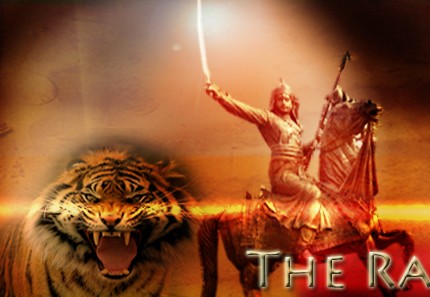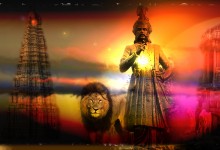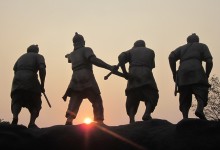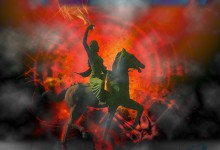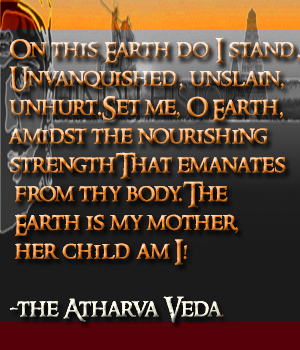Posts Tagged ‘Historical Epochs’
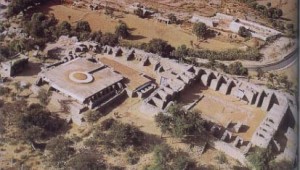
Takshashila: The world’s first known university
At least 2,800 years ago, circa 800BCE, there existed a giant University at Takshashila (often called Taxila), a town located in the north-western region of India (in today’s Pakistan). According to references in the Ramayana...
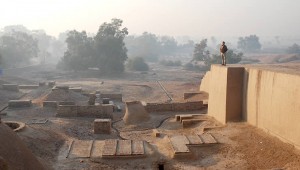
Indus Valley 2,000 years older than thought
The beginning of India’s history has been pushed back by more than 2,000 years, making it older than that of Egypt and Babylon. Latest research has put the date of the origin of the Indus Valley Civilisation at 6,000 y...

